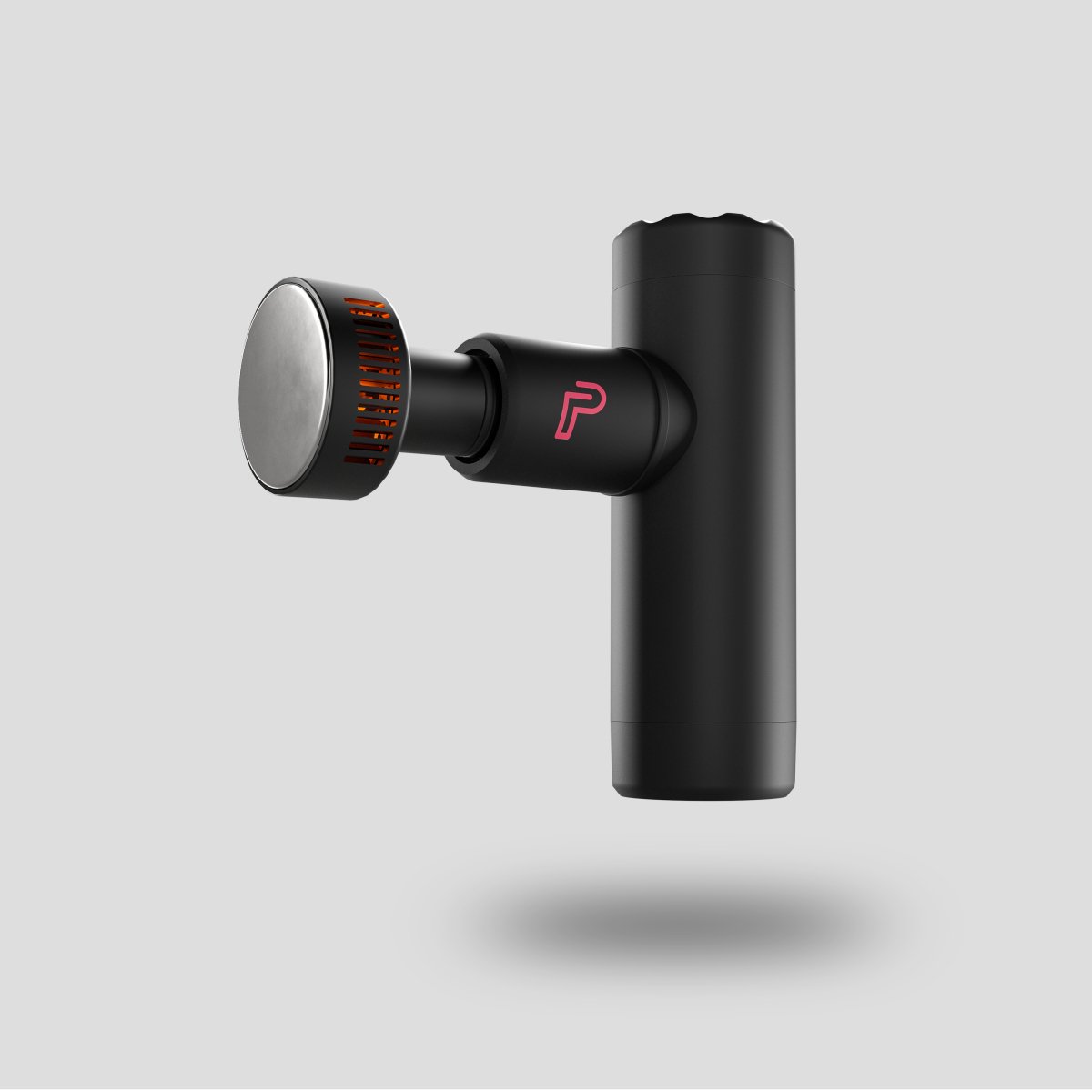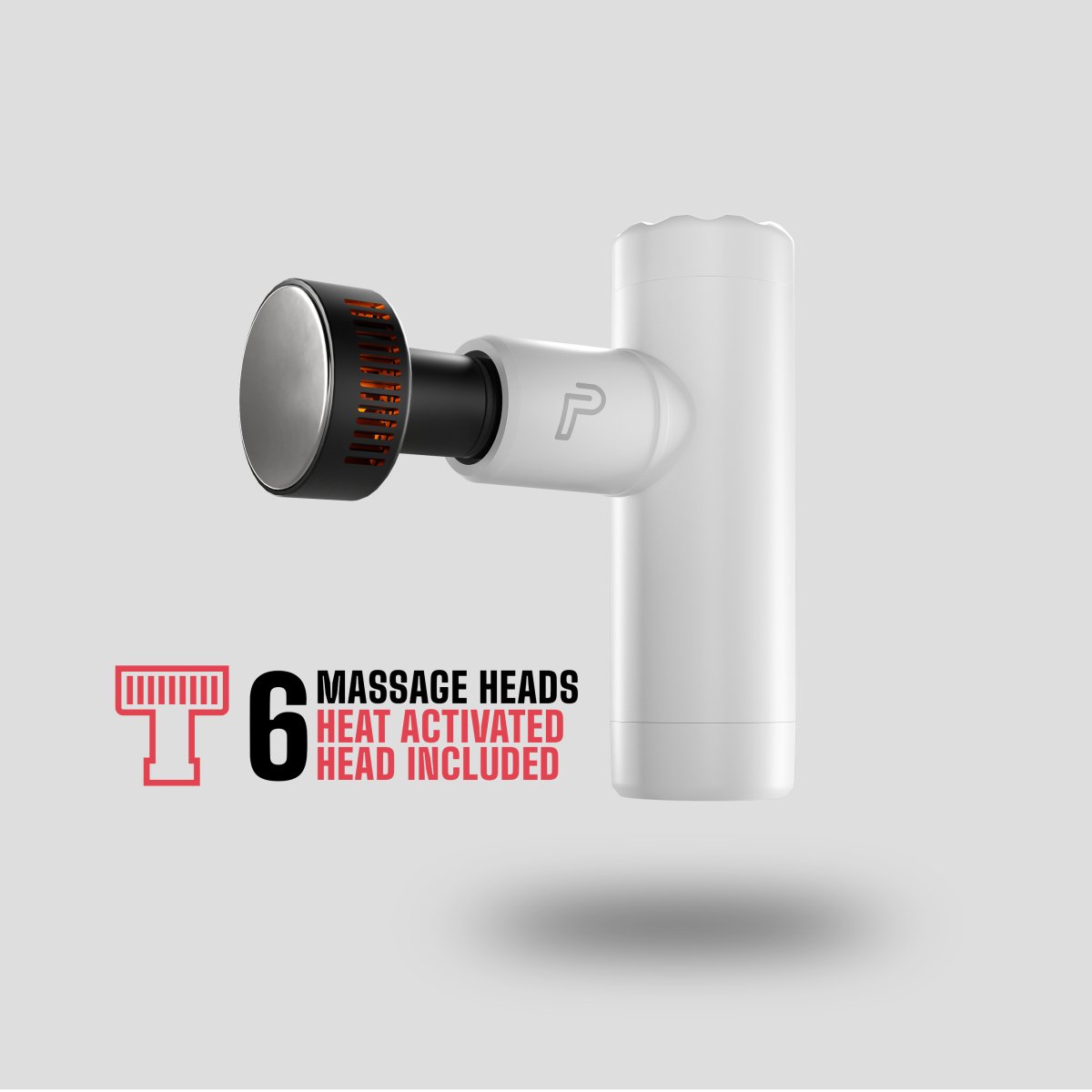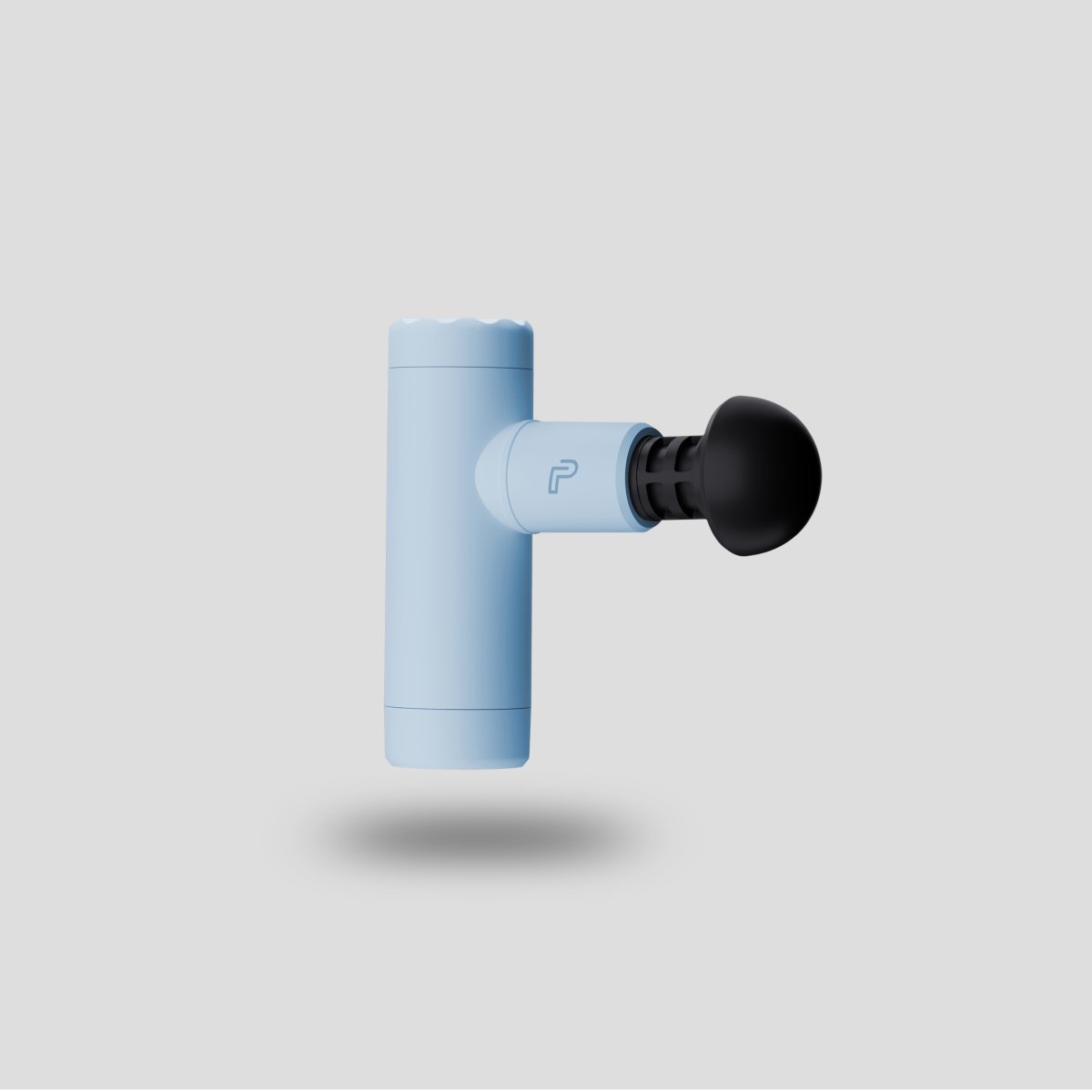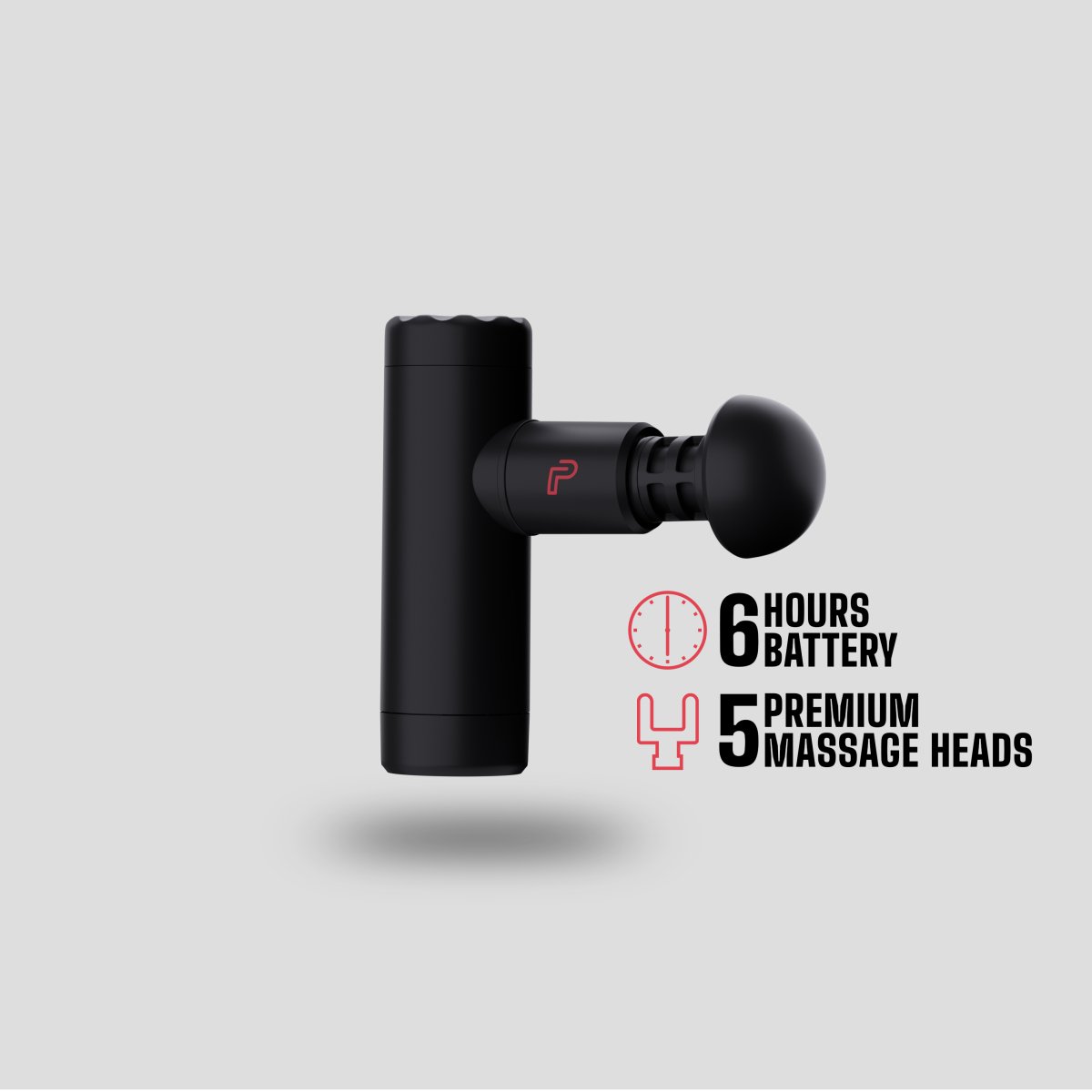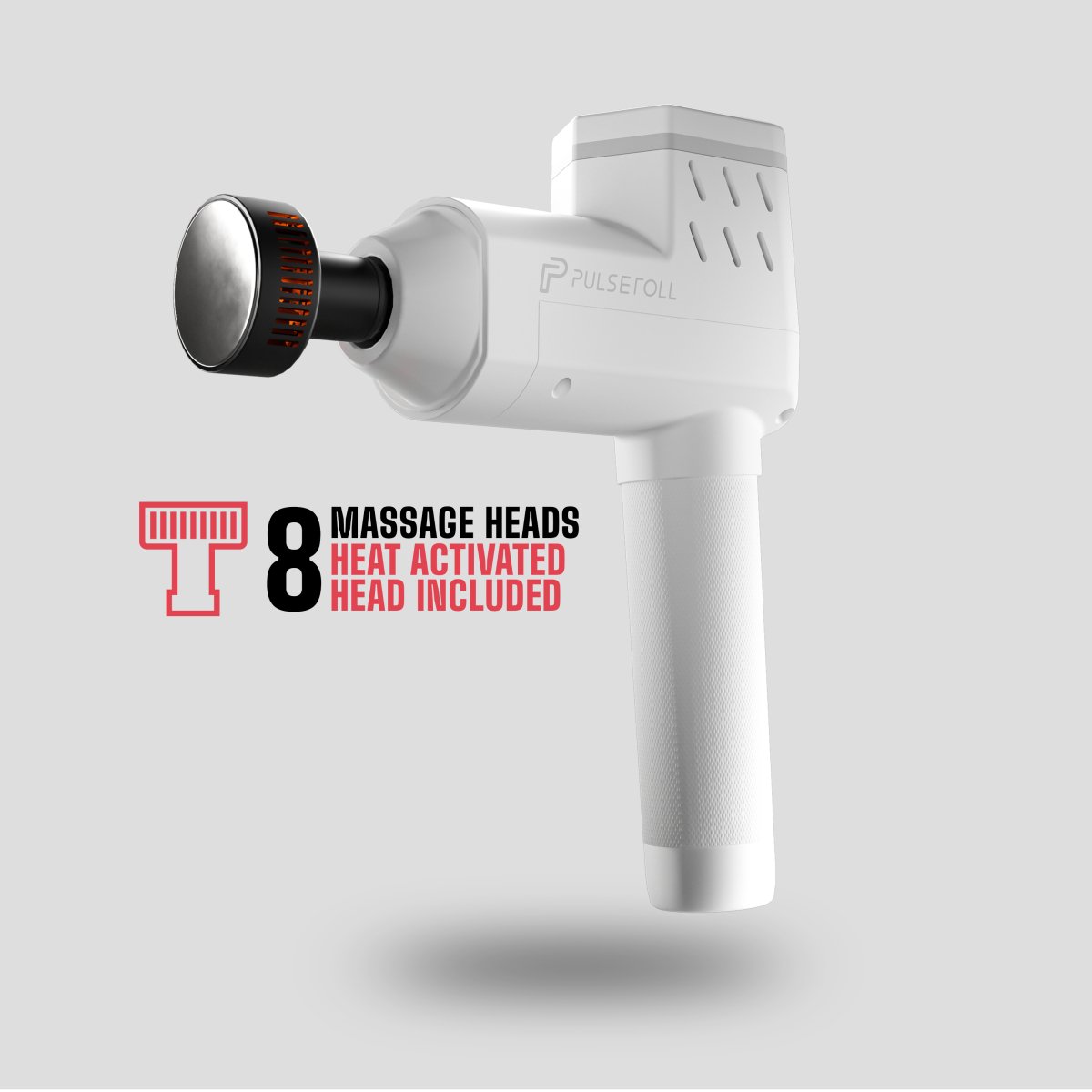In the world of aerobic- and cardiac fitness, cycling and running are two of the most popular exercises you’ll come across. If you’re considering upping your cardio game, you probably want to know which of the two is the best for you - cycling or running. Whilst running tends to burn more calories than cycling, cycling is generally much easier on your joints and you should be able to perform it for longer.

Cycling and Running Benefits
Which exercise form is truly the best for you will depend on various factors, including your personal health and fitness goals. First, let’s take a look at the benefits of cycling and running.
1. Burning Calories
As you use more muscles when running, you’ll tend to burn more calories with this exercise than with running. However, how many calories you burn overall will depend on other factors, such as your weight or age, your speed and total time spent exercising. As fewer muscles are required for cycling, you might find that you last longer than with running, so keep this in mind if your main goal is to burn calories.
Calories burned running
Below is a guide to the number of calories burned whilst running based on weight and running duration (1).
|
Weight |
10 minutes |
15 minutes |
30 minutes |
45 minutes |
60 minutes |
|
|
120 lb |
54.4 kg |
93 |
140 |
280 |
420 |
560 |
|
140 lb |
63.5 kg |
109 |
163 |
327 |
490 |
653 |
|
160 lb |
72.5 kg |
124 |
187 |
373 |
560 |
747 |
|
180 lb |
81.6 kg |
140 |
210 |
420 |
630 |
840 |
|
200 lb |
90.7 kg |
156 |
233 |
467 |
700 |
933 |
|
220 lb |
99.8 kg |
171 |
257 |
513 |
770 |
1027 |
|
240 lb |
108.9 kg |
187 |
280 |
560 |
840 |
1120 |
Calories burned cycling
Below is a guide to the number of calories burned whilst cycling at 12 miles per hour, based on weight and cycling duration (2).
|
Weight |
10 minutes |
15 minutes |
30 minutes |
45 minutes |
60 minutes |
|
|
150 lb |
68.1 kg |
95 |
143 |
286 |
429 |
572 |
|
175 lb |
79.4 kg |
111 |
167 |
333 |
500 |
667 |
|
200 lb |
90.7 kg |
127 |
191 |
381 |
572 |
762 |
|
225 lb |
102.1 kg |
143 |
214 |
429 |
643 |
857 |
|
250 lb |
113.3 kg |
159 |
238 |
476 |
714 |
953 |
Running burns more calories per 30 minutes than cycling, but most people can cycle for much longer than they can run.
2. Cardiovascular Health
Both running and cycling are aerobic exercises, which contribute to improved cardiovascular fitness. The American Heart Association recommends either 150 minutes per week of moderate-intensity aerobic activity, or 75 minutes of vigorous activity (3).
Aerobic exercise increases your heart rate and improves your respiratory fitness. Other examples of aerobic exercises include:
- Brisk walking
- Dancing
- Gardening
- Hiking
- Swimming
- Tennis
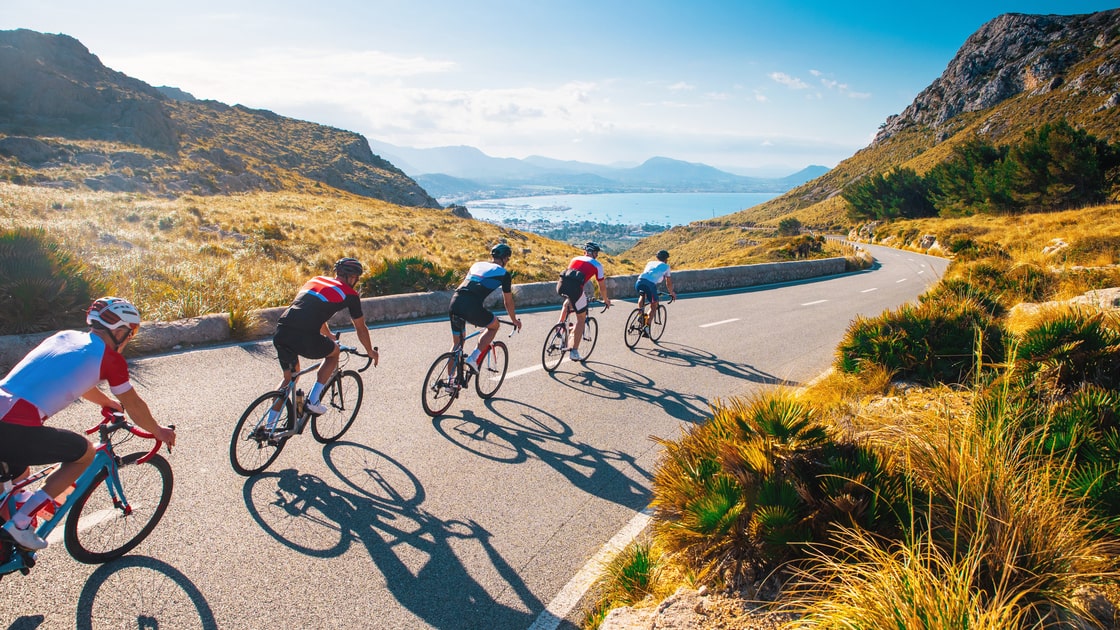
3. Weight Loss
Cycling and running, alongside healthy habits, can help you to lose weight. Depending on your weight, 30 minutes of running will burn 280 to 560 calories. Cycling, on the other hand, could burn up to 476 calories in the same timeframe.
In one study (4) study researchers asked overweight participants to keep their diets the same but to partake in exercise that would burn between 400 and 600 calories. This trial was repeated over 10 months. The results showed significant weight loss for both men and women, of between 4.3 and 5.7% of their starting weights.
In a 2013 study by Nieman et al (5),trained runners and cyclists partook in 2.5 hours of exercise for 3 days. The results indicated that runners experienced 133% - 404% more muscle damage, 256% higher inflammation levels and 87% more muscle soreness.
The reason for this increased calorie-burning capacity with running is that your body is trying to counteract gravity, lifting your weight off the floor. As you return to the ground, your body absorbs this impact. In comparison to this, cycling is much easier on the body. As gravity isn’t at play to the same extent, factors such as added weight are less of a problem.
Running is a high-impact exercise, which places a lot of stress on your knees and ankles. Comparatively, cycling is a low-impact sport, so is better for these joints (6).
If you’re an enthusiastic runner, you can mitigate the effects of running on your knee joints by trying a massage gun or vibrating foam roller. These recovery devices can help to stimulate blood flow around the knee to help speed up recovery and ease inflammation and soreness. You can find out more in our blog post: Using a foam roller for knee pain.
4. Building Muscle
Whilst running engages and strengthens your muscles, it does not do this in a way which will contribute to muscle growth. Cycling, on the other hand, can help to tone your legs, as you’re pushing against the resistance force of the pedals.
It’s worth noting that, if you’re susceptible to injury, swimming is also a form of aerobic exercise, which can increase your heart rate and build- and tone your muscles.
Considerations
Cost
Both cycling and running can be expensive endeavours. A good pair of well-fitting running shoes can be expensive, and you may want to get measured first to make sure you’re selecting the right style trainer. A gait analysis is handy to identify any issues such as under- or over-pronation, for which you would need to look for a suitable running shoe to help prevent injury. Likewise, technical running gear can add up in cost.
Cycling is likely to cost much more at the start of your fitness journey, especially if you don’t already own a bike. Additional gear, such as a helmet or cycling clothes can add further costs too.
Cycling can cost more than running from the outset due to the cost of purchasing a bike, but running shoes can also be expensive.
Injury
As a high-impact exercise, running can place a significant amount of stress on the knees. Exercises such as squats and knee bends can help to strengthen the muscles around your knee and prevent knee pain. You can find out more in our blog post: Preventing knee injury and knee pain.
Cycling does not carry with it the same risk of knee injury as running, as it helps to strengthen the muscles around the knee and does not involve the same impact as running (7).
Conclusion
Though both cycling and running are effective aerobic endurance sports, which can help to improve your cardiovascular health, strengthen your muscles and aid weight loss through burning calories, running places much more stress on your joints.
The additional cost of purchasing a bike seems well worth the benefit of healthier knee- and ankle joints.
If you suffer from exercise-induced knee pain, you can try swimming, squats and knee bends, or make use of a vibrating foam roller or massage gun to speed up recovery and combat muscle soreness and inflammation.
Reference list:
1 - https://captaincalculator.com/health/calorie/calories-burned-running-calculator/
2 - https://caloriesburnedhq.com/calories-burned-biking/
4 - Donnelly E et al. Aerobic exercise alone results in clinically significant weight loss for men and women: Midwest exercise trial 2.
5 - https://onlinelibrary.wiley.com/doi/full/10.1002/oby.20145
6 - Nieman DC, Luo B, Dréau D, Henson DA, Shanely RA, Dew D, Meaney MP. Immune and inflammation responses to a 3-day period of intensified running versus cycling. Brain Behav Immun. 2014 Jul;39:180-5. doi: 10.1016/j.bbi.2013.09.004. Epub 2013 Sep 19. PMID: 24055861.
7 - https://www.thecyclingpoint.com/is-running-or-cycling-worse-for-your-knees/






